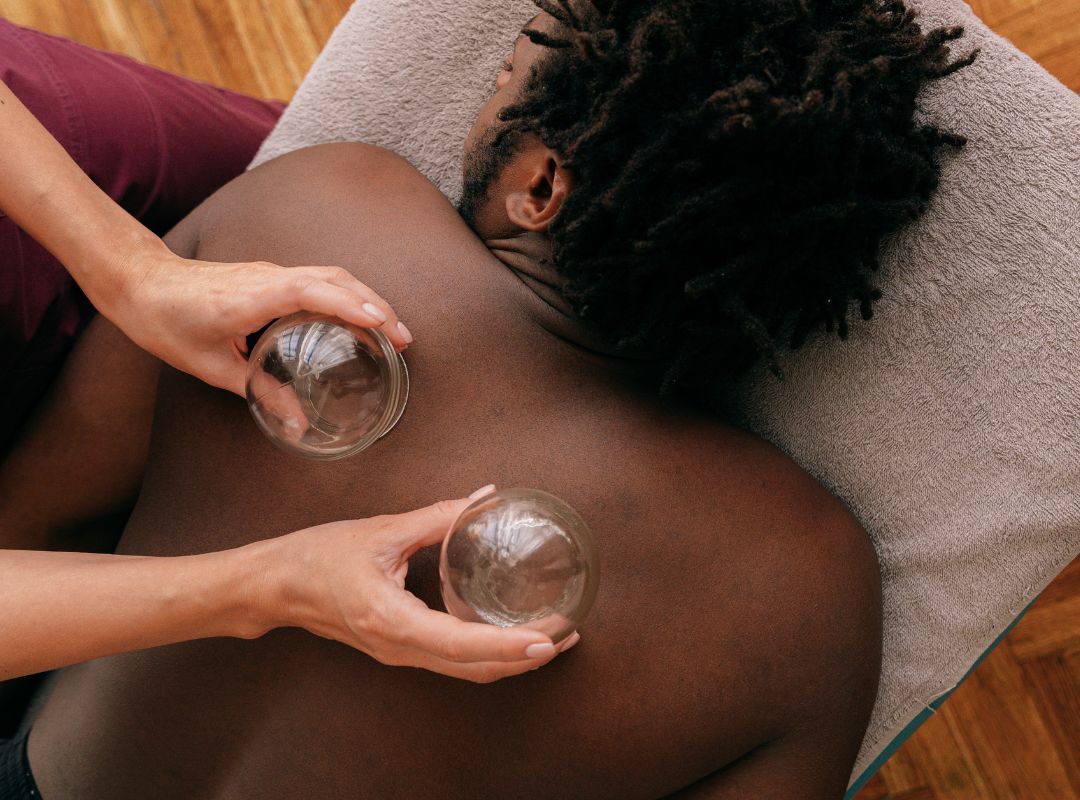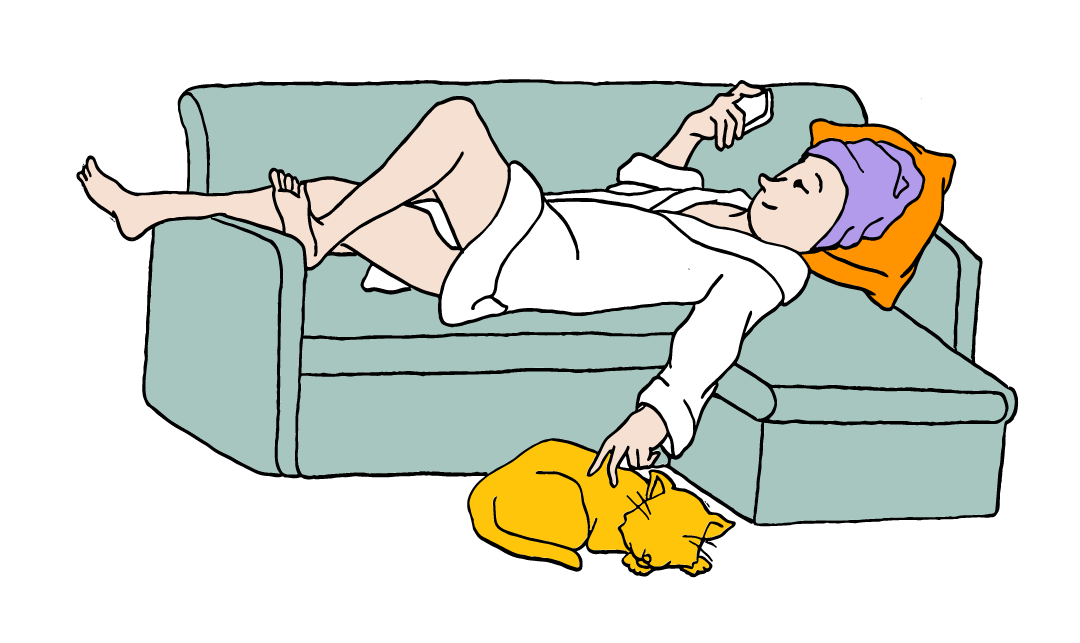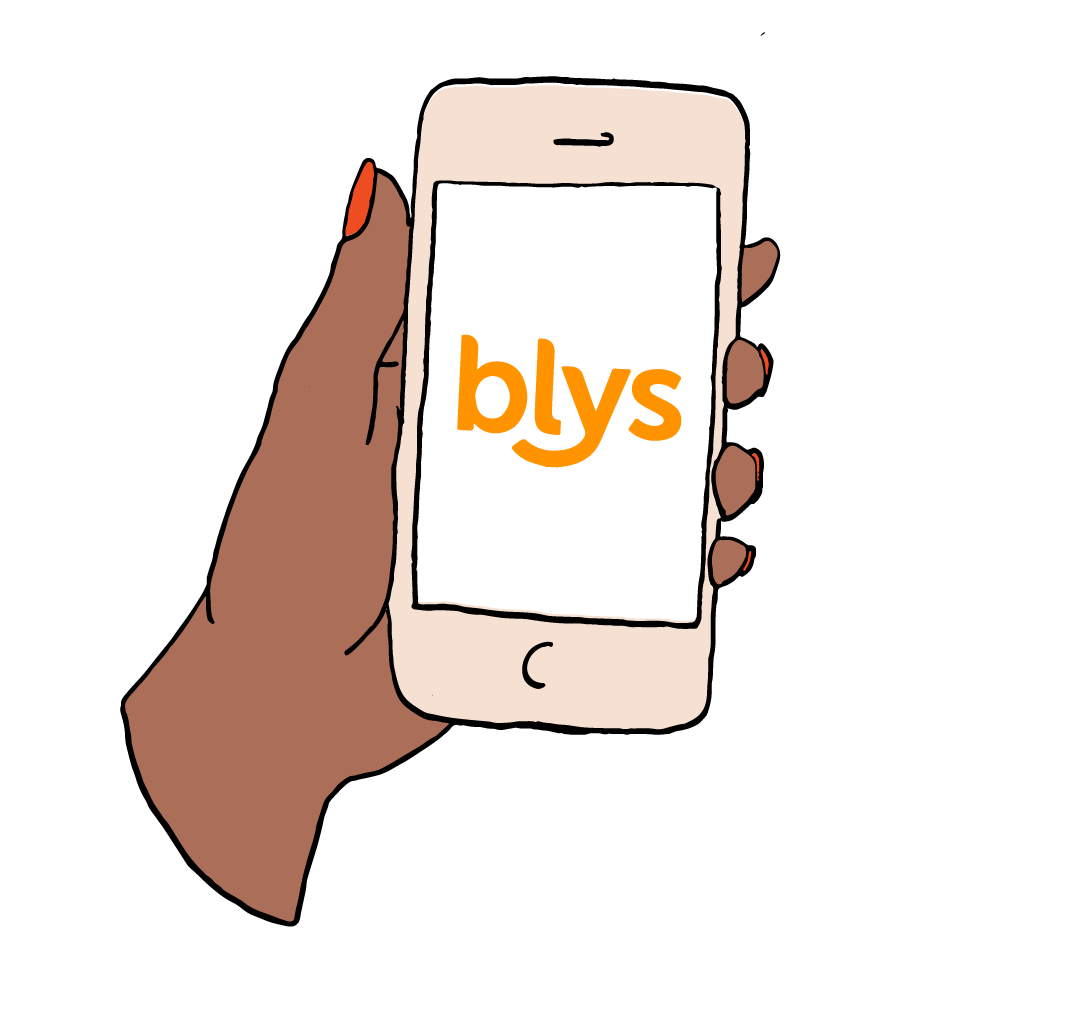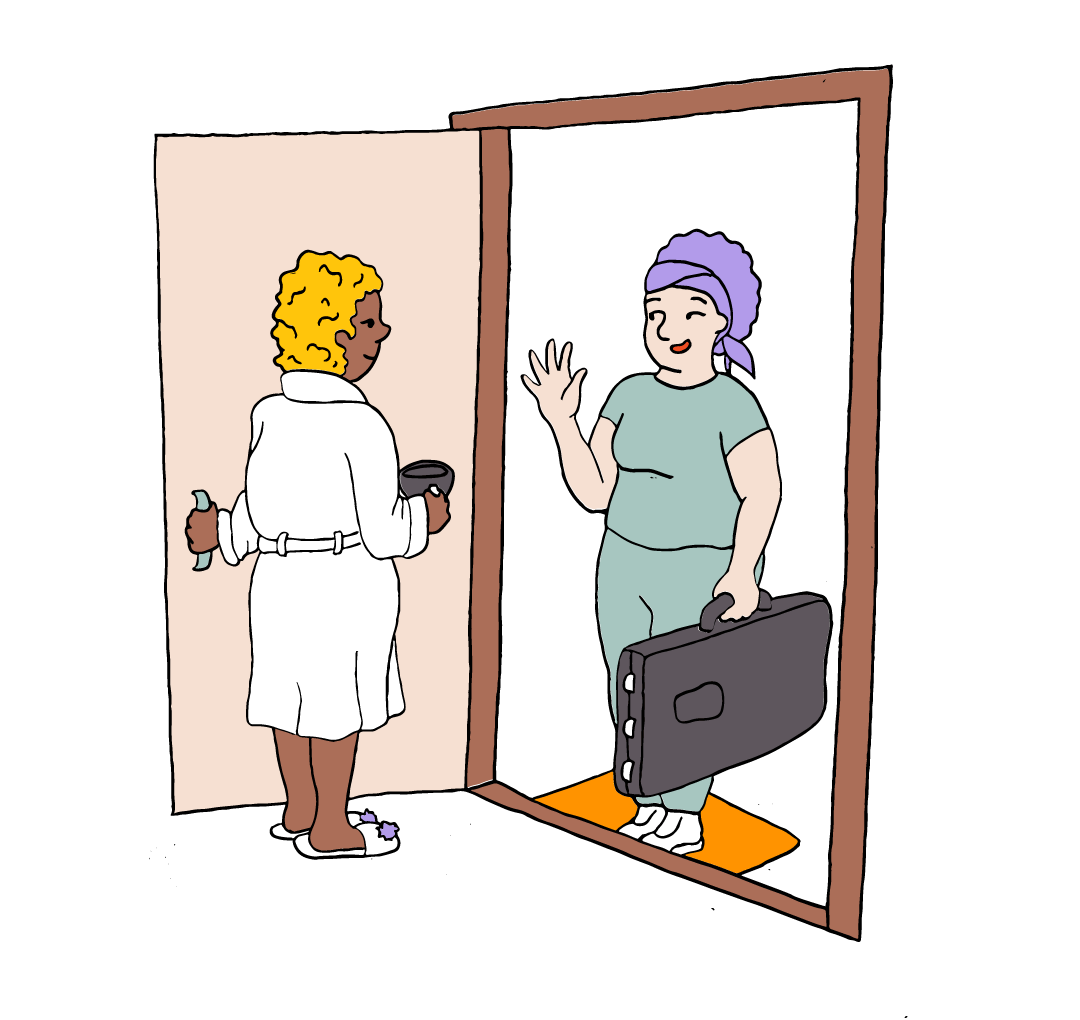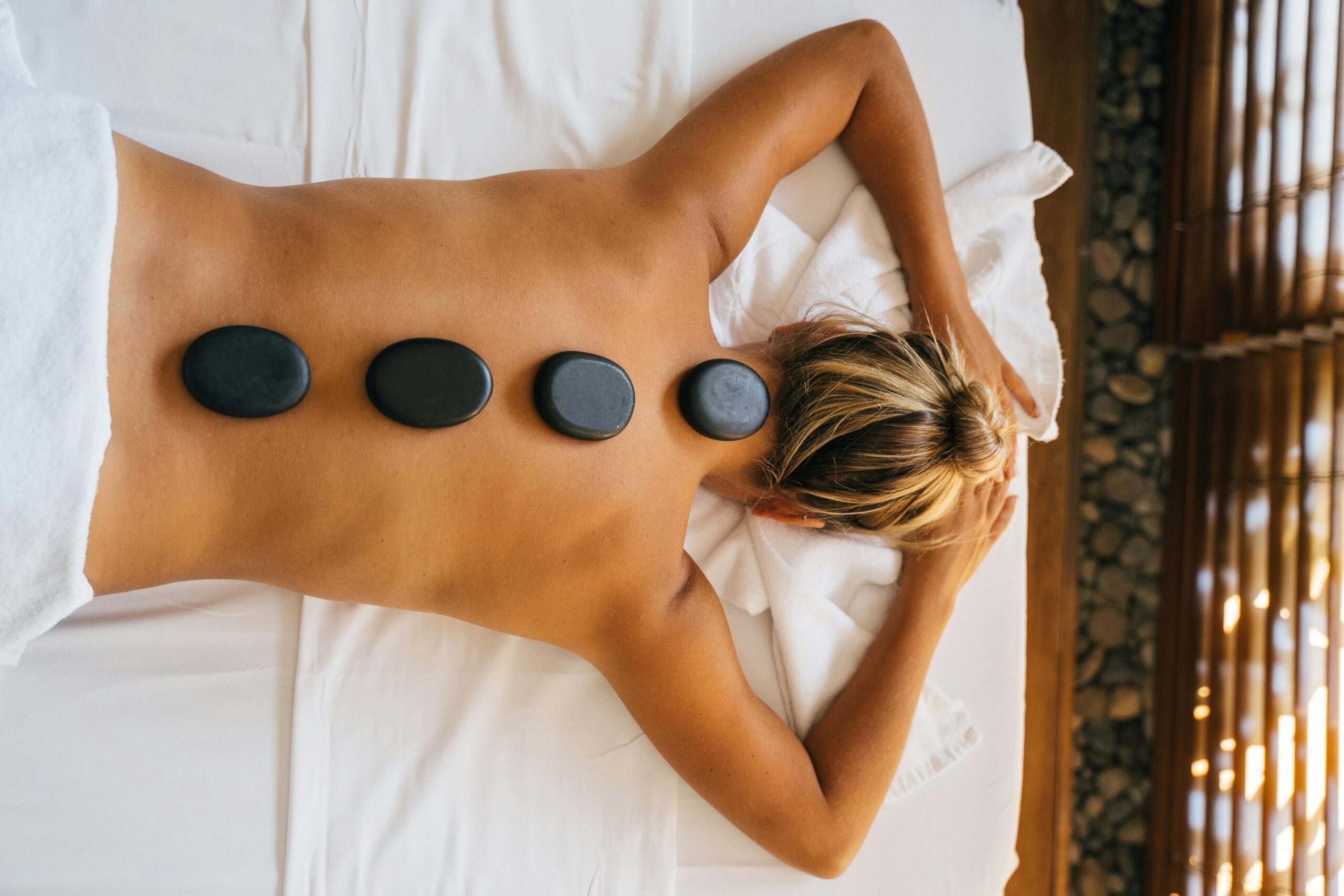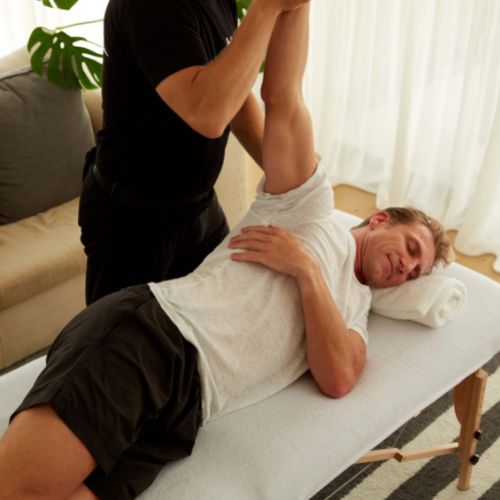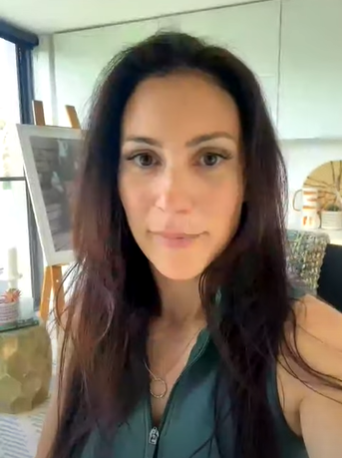Frequently Asked Questions
Who should get cupping done?
Anyone that is feeling muscle tension or overall energy drain can get cupping done, but there are specific health benefits for those with chronic pain. Clients with:
- Arthritis (including rheumatoid arthritis)
- Chronic body pain (back, neck, knee and shoulder)
- Chronic headaches/migraines
- Breathing problems such as asthma
- Gastro-intestinal problems such as IBS (Irritable Bowel Syndrome)
- High-blood pressure (hypertension)
Who should not get cupping done?
Clients with:
- Bleeding disorders like haemophilia
- Blood clotting problems, such as deep vein thrombosis or history of strokes
- Skin conditions, including eczema and psoriasis
- Seizures (epilepsy)
- Pregnancy
What is hijama and cupping?
Hijama and cupping are exactly the same thing! Cupping, previously called Hijama, is a form of traditional therapy that increases blood flow and circulation within the body.
Does cupping help knots?
While cupping therapy’s main function is to increase blood flow and circulation within the body, there are many other benefits, including reducing swelling and muscle knots.
What is cupping massage used for?
Cupping therapy has been used for thousands of year to relieve back and neck pain. Modern cupping therapy offers up many physical benefits that come from cupping and the increase of blood flow.
Cupping is now used to re-energise the body, reduce stretch marks, scars or varicose veins, aid in digestive problems and provide pain relief, especially for those that suffer from chronic pain.
Does cupping have long term effects?
Cupping has not proven to have long-term effects when dealing with chronic pain management. However, cupping therapy is recommended to do 1-2 times a week, making it a sustainable therapy method for pain relief.
What does hijama do to your body?
Hijama, or cupping therapy increases blood flow and circulation within the body using suction cups
What to expect after cupping?
Our recommendation? Take it easy, get extra rest and of course, stay hydrated to further expel any toxins released within the body!
Cupping is an exhaustive process for the body, relieving tension and increasing blood flow may lead to feelings of fatigue or tiredness post-appointment.
Is Hijama good for skin?
Facial cupping is known to increase oxygen-rich blood circulation, which strengthens skin and connective tissues.
While you may not see immediate results after your cupping session, the long-term skin benefits of cupping are out of this world!
How often should you do cupping?
Cupping can be done 1-2 times every week! We recommend you consult with your cupping therapist to confirm the regularity of your cupping treatments.
Does hijama remove toxins?
Hijama or cupping therapy releases toxins within the body through suctioning techniques, but it is actually the kidneys that expel those released toxins.
Same as a massage, we recommend drinking lots of water after your cupping appointment to help along the removal of toxins from the body.
Why is cupping so good for you?
Because cupping increases blood circulation to the area that is being suctioned, muscle tension is relieved and any stress within the body is alleviated.
Cupping therapy has many physical benefits, but is also a great way to destress and relax the body and mind.
Is hijama cupping painful?
Cupping therapy is not considered a painful or unsafe treatment, however, this type of therapy applies suction to different parts of the body. This means that there may be some discomfort during your appointment.
If you have any concerns about pain, it is advised that you bring it up during your consultation with your cupping therapist and alert your therapist during your appointment if any pain is felt.
When should you not use cupping?
Who should not have cupping therapy?
- Bleeding disorders like haemophilia
- Blood clotting problems, such as deep vein thrombosis or history of strokes
- Skin conditions, including eczema and psoriasis
- Seizures (epilepsy)
- Pregnancy
If you have any concerns about your overall well being, including feeling unwell prior to your appointment please advise your therapist immediately or prior to your treatment. You can also contact our customer support team at hello@getblys.com.au for assistance.
Do you bleed during cupping?
Yes, during wet cupping therapy, the skin is pricked with a small needle to expel blood toxins.
During your cupping treatment, you will bleed a small amount as the suction cups are placed over the pinpricks to increase blood flow. Due to the size of the pinprick, you will not bleed after the suction cups have been removed from the skin, and a small scab will form almost instantly.
What should you not do after cupping?
After your cupping treatment, try to avoid the consumption of alcohol, caffeine or any food or drinks that will affect blood pressure (i.e., sugary or high dairy-content foods). Also try to avoid intense exercise or any activity that will bring up your body temperatures, such as hot showers, saunas or hot tubs.
How often should you cup your back?
You can get cupping therapy on your back quite regularly, with the recommendation being 1-2 times every week! We recommend you consult with your cupping therapist to confirm the regularity of your cupping treatments.
Can cupping be harmful?
Cupping can cause side effects such as skin discolouration, scars, burns and infections.
At Blys, we recommend you speak with your cupping therapist during your consultation about any possible side effects from the cupping therapy you’ve chosen.
Where do you place the cups for cupping?
Depending on the cupping therapy method chosen, as well as your own areas of pain or concern, the cups can be placed on the back, stomach, arms, legs or the face.
A consultation with your cupping therapist prior to your appointment will help you discern the areas on your body where cups will be placed.
Can you get a blood clot from cupping?
There are certain areas of the body where cupping therapy is not advised, such as the cervical area, as it may cause blood clotting. Another risk for blood clotting during cupping therapy is if you have a pre-existing blood disorder or condition such as thrombosis or a history of strokes.
During your consultation prior to your appointment with your cupping therapist you can bring up any concerns regarding the risk of blood clotting.
How long do you leave cups on when cupping?
The cup is generally left on the body for up to three minutes. In saying that, there are many different kinds of cupping therapy methods, so it is best to speak with your cupping therapist during your consultation or prior to your appointment if you have any questions.
Does cupping damage blood vessels?
Through the action of suctioning, tiny blood vessels (capillaries) are expanded and broken open.
Cupping massage does not cause damage to the blood vessels, but allows for blood toxins to be released and expelled from the body.
Can we do cupping therapy at home?
You can definitely do cupping therapy at home, in fact, that’s the whole point of Blys!
At Blys, we connect clients with providers that can perform different kinds of therapy from the comfort of your very own home.
Cupping therapy booked through Blys is a great way to destress and re-energise without the inconvenience of travelling.
